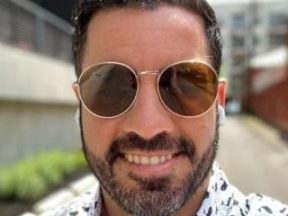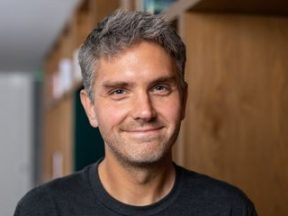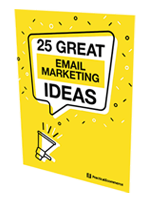Zach Stuck is an agency founder turned ecommerce owner. The agency, called Homestead, runs marketing campaigns for direct-to-consumer businesses. And lessons from those campaigns drive his second venture: acquiring and launching his own brands.
His top lesson? A customer from paid acquisition has to be profitable on the first sale.
He and I recently discussed his journey. The audio of our entire conversation is embedded below. The transcript is edited for clarity and length.
Eric Bandholz: Give us a rundown on what you’re doing.
Zach Stuck: I am the founder of Homestead, an ecommerce growth agency. We specialize in paid acquisition and retention for direct-to-consumer businesses. A few prominent clients include HexClad, Lomi, and Girlfriend Collective. We help a lot of food and beverage companies.
I started the agency four years ago. I stepped down in January 2022 to focus on launching and acquiring our own brands.
We started an apparel brand in the fall of 2021. I bought three more last year. One focuses on home decor. One is a notebook company primarily selling on Faire, the wholesale marketplace. Then we have Frey.com, a DTC provider of laundry products.
Buying a brand is messy. I bought a brand in November, and we’re still transferring the trademarks three months later. It takes time and effort to clean up after you aquire a business. The nice thing about starting from scratch is to come to market with something unique.
Bandholz: How do you manage the agency and the in-house brands?
Stuck: I have a CEO who runs the agency day-to-day. We had crazy growth last year. We went from 14 people in January 2022 to north of 40 now.
I’m the CEO of the holding company for our in-house brands. We run a lean team and SKU count. It’s a repeatable template. We’re launching our own fulfillment center.
We have the same accounting firm for the agency and the in-house brands. We just brought on a fractional chief financial officer who oversees all the businesses.
The in-house brand team is currently two designers and two operations people. We just hired a head of growth who will work with me on running the in-house ad accounts and email strategy. Our playbooks are pretty straightforward. We do paid acquisition through Meta and Google Ads, mostly on autopilot, and then email and SMS. We avoid a lot of different channels, affiliates, or organic social. We’re sticking to the stuff that we know.
Bandholz: How did you find the growth person?
Stuck: I wrote a Twitter thread describing the exact person I wanted, starting with my number one rule — if you have an ego, this isn’t going to be fit. I think that resonated with a lot of people. Many individuals in the growth marketing space think they know everything about ecommerce.
The thread explained they needed to know about media buying on Facebook and how Google, Klaviyo, and landing pages work. We had more than 100 applications. I interviewed 10 of them and hired one person. Our hire was from an agency, which I liked because you become very efficient working at an agency.
Our interview process is unique. I call it The Gauntlet. I schedule an hour-and-a-half call, make them screen share, and tell them to open up the Meta Ads Library and look up a particular brand. I’ll give them two minutes to tell me what’s working. A good marketer can tell quickly if the ad copy is consistent or unique and recognize your hook or angle.
Bandholz: Are you on Amazon?
Stuck: No, just DTC on our own websites, although we just got into Cabela’s and Bass Pro Shops for one of the products. Having to figure all that out for the first time was interesting.
We outgrew our first U.S. apparel manufacturer. We had to find another in the last few months. Having two manufacturers adds complexity. Do we divvy up the SKUs or do both manufacturers make the same products? That’s been a lot of my time for the apparel brand. On average, our SKU count is purposely low — around 50 across four brands.
We’ve cracked the myth of no profit on the first sale from paid acquisition. In November, our agency spent $30 million on Meta. That’s a lot of data to learn from.
We realized our gross margins need to be 80% or higher. Not many brands do that, but my goal is for every brand we start or buy to be in that range. Our average order value needs to be at least $75. Ideally it’s closer to $100.
So we’re trying to figure out how to reduce inventory costs and raise AOVs before we launch or buy a product because it has to be profitable on the first sale. We start with that math and build the brands from there.
Bandholz: Where can people support you?
Stuck: I’m @ZachMStuck on Twitter, or reach out on LinkedIn. Our agency is HomesteadStudio.co.





